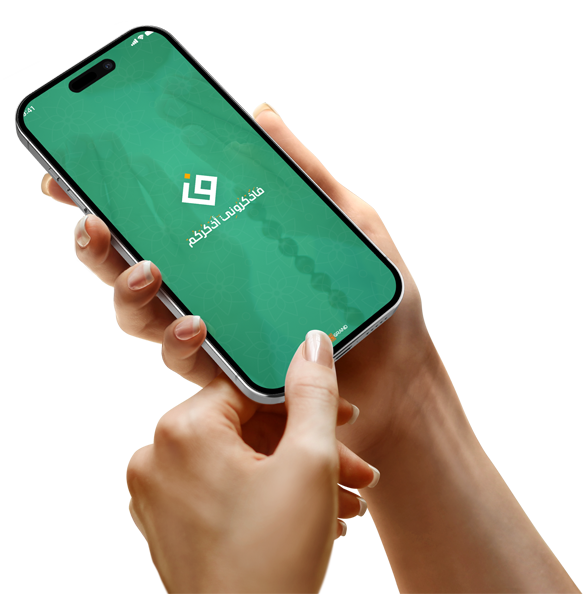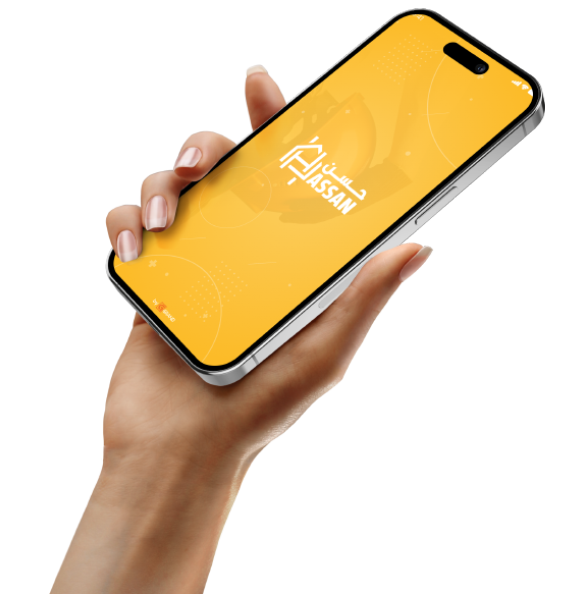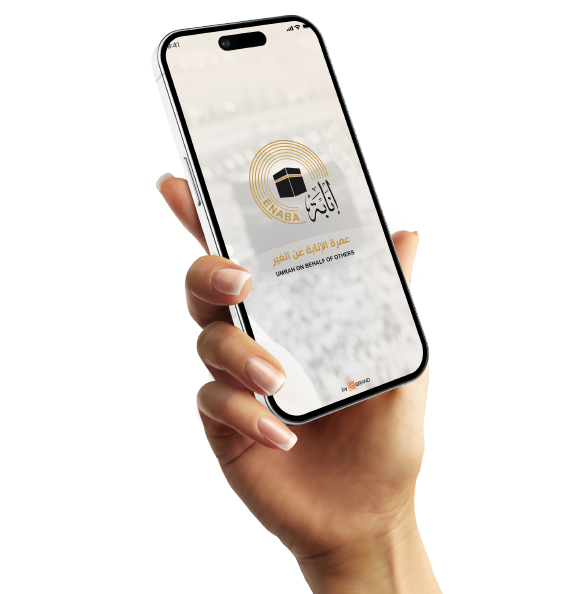Determine your target audience before creating an app

How does defining your audience help you choose the right features?
When you know your target audience, you can select features that users actually need, not features that just look good on paper. For example, an app targeting young people might focus on speed and social engagement, while an app targeting older users might focus more on font size and ease of navigation. Defining your audience saves you time and resources developing unimportant features and directs all your efforts toward meeting your audience's real expectations, increasing the app's chances of acceptance and success.
The Impact of Defining Your Audience on User Interface Design
An app's interface isn't just about pretty colors and elegant icons; it must speak the language of your target audience. Children's apps need bright colors and appealing graphics, while apps for business users need simple designs and muted colors. Knowing your audience helps designers create an interface that's psychologically relevant to the user, lowering the learning barrier and increasing engagement. Without this step, you may find yourself creating a design that's visually appealing but doesn't resonate with your target audience's emotions.

Minimize Risks by Understanding Your Target Audience
When you start an app project without a clear understanding of your target audience, you enter the market haphazardly and riskily. You might invest in features or designs that no one appreciates, or target your marketing messages to an audience that isn't interested. Defining your audience from the outset minimizes these risks. You know exactly who needs your app, making development, design, and launch decisions based on real data rather than guesswork, thus increasing your chances of success in a competitive market environment.
Developing App Update Plans Based on Target Audience Needs
Knowing your target audience isn't just useful when launching; it's also your compass for each future update. For example, a child audience requires constant updates with stories and games, while an entrepreneurial audience may be more interested in adding advanced reports and statistics. By defining your audience from the outset, you can create a roadmap for app updates that meets their expectations, enhancing user loyalty and prolonging the life of your app.

Knowing the Most Appropriate Channels for Promotion
Not all audiences reside in the same digital spaces. Gaming audiences may be active on TikTok and YouTube, while professional audiences may prefer LinkedIn and specialized blogs. Knowing your target audience saves you effort and money by directing your ads and content to the channels where your real audience resides. Without this knowledge, you may spend huge budgets on ineffective channels, weakening your ROI and delaying your app's growth.
Define Your Approach to Handling User Feedback
Your target audience also determines how you should handle user feedback and comments. Younger audiences may prefer quick and fun responses, while business audiences expect precise and professional answers. Understanding your audience enables you to build a better relationship with your users, making them feel like the app is a live team that interacts with them intelligently and with genuine understanding. This sense of appreciation increases customer satisfaction and motivates them to recommend your app to others.

The Importance of Testing Your Idea on Your Target Audience Before Development
Before you start writing a single line of app code, you should test the basic idea on a sample of your target audience. These early tests provide valuable feedback: Is the idea worth implementing? Does it solve a real problem for users? Do they have suggestions for improvement? Ignoring this step could mean building an expensive but undesirable app. However, getting feedback from your target audience early ensures you're building a product that meets a real market need and increases the chances of success upon launch.
Define Market Size and Opportunity by Segment
When you know your target audience, you can more accurately measure the size of the market. Knowing how many people are interested, how much they need your app, and how willing they are to pay or engage allows you to build realistic revenue and growth forecasts. Ignoring these calculations can lead to overestimating the chance of success, leading to disappointment and financial losses. Working with well-thought-out numbers builds a realistic, fact-based business plan, increasing the chances of app sustainability and future expansion.















